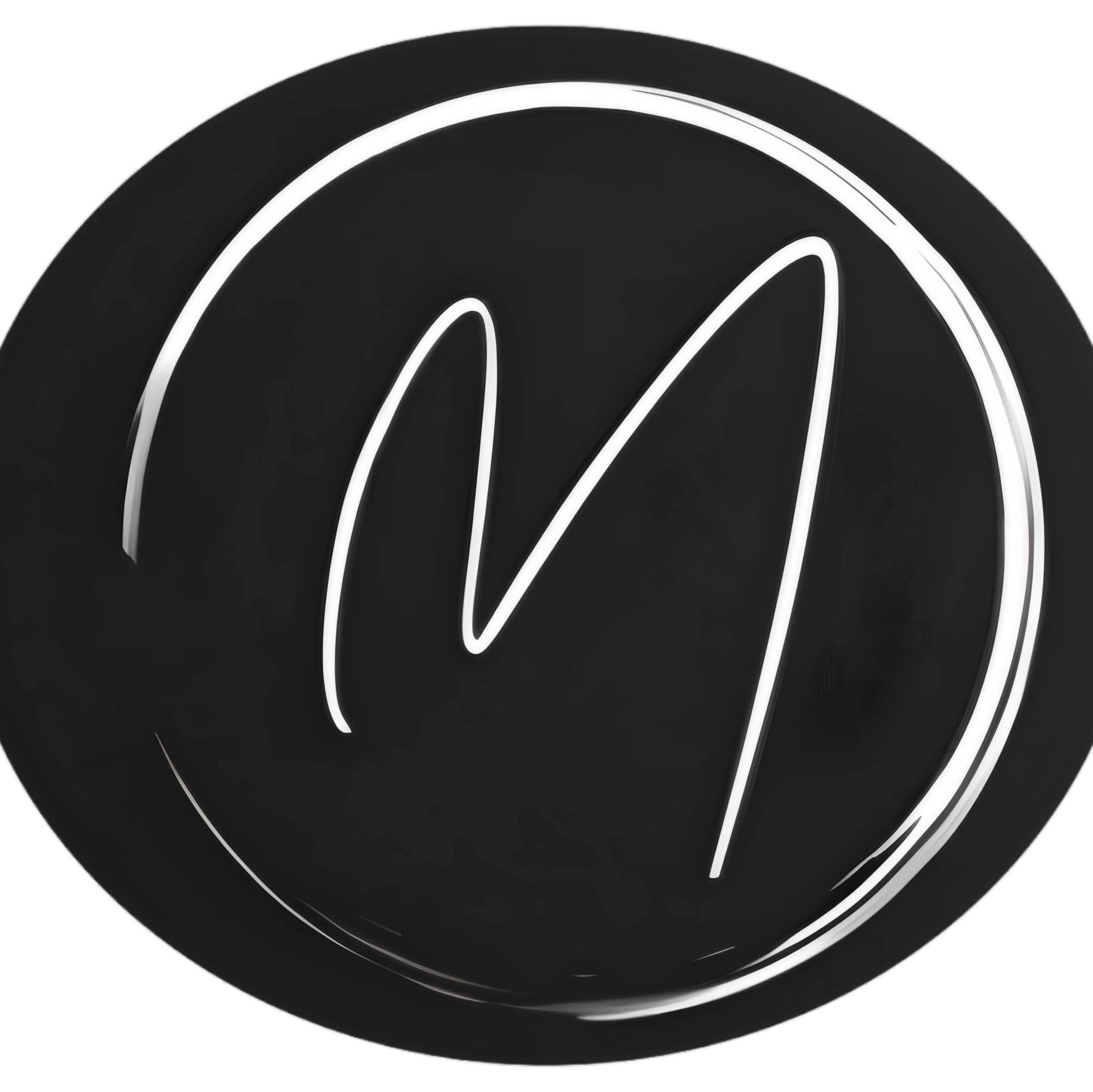
The Digital Canvas: How Technology is Redefining Art in the 21st Century
- Modish Muse Magazine
- Jan 27
- 2 min read
The art world has always been a mirror of its time, reflecting societal shifts, cultural revolutions, and human innovation. Today, as we navigate a hyperconnected, tech-driven era, the canvas itself is evolving—no longer confined to galleries or physical materials. From NFTs to AI-generated masterpieces, technology is democratizing creativity and challenging what it means to be an artist. Let’s explore how the digital revolution is reshaping art and culture.
The Rise of the Digital Artist
Gone are the days when art required a paintbrush or chisel. Digital tools like Procreate, Blender, and Adobe Creative Suite have turned tablets and laptops into studios. Artists like Beeple (Mike Winkelmann) have skyrocketed to fame, selling NFT artworks for millions, while Instagram has become a global gallery for illustrators and designers. The barrier to entry? A Wi-Fi connection and a vision.
Why it matters: Digital art isn’t just accessible—it’s malleable. Layers, undo buttons, and infinite color palettes empower creators to experiment fearlessly.

NFTs: Art Meets Blockchain
In 2021, Beeple’s "Everydays: The First 5000 Days" sold for $69 million at Christie’s, thrusting NFTs (non-fungible tokens) into the mainstream. These blockchain-backed tokens authenticate digital ownership, turning .jpegs into coveted assets. Critics call it a bubble; proponents hail it as a paradigm shift.
The debate: Are NFTs revolutionizing art patronage, or just monetizing hype? Either way, they’ve sparked conversations about value, accessibility, and the environmental cost of blockchain tech.

Virtual Reality: Immersive Art Experiences
Step into a VR headset, and suddenly you’re walking through a Salvador Dalí painting or sculpting in 3D space. Platforms like Museum of Other Realities and Tilt Brush by Google blur the line between observer and creator. Galleries now host virtual exhibitions, democratizing access for audiences worldwide.
Pro tip: Follow digital collectives like teamLab—their boundary-pushing installations merge light, sound, and interactivity to create surreal, dreamlike worlds.

AI as Co-Creator
Can a machine be an artist? Tools like DALL-E, MidJourney, and Stable Diffusion generate images from text prompts, producing everything from photorealistic portraits to abstract landscapes. While purists argue AI lacks “soul,” others see collaboration: humans input ideas, algorithms iterate, and something new emerges.
Food for thought: In 2022, an AI-generated artwork won a state fair competition—sparking outrage and fascination. Is this the future, or just a gimmick?

Social Media: The New Cultural Curator
Instagram, TikTok, and Pinterest aren’t just for selfies—they’re shaping artistic trends. Viral challenges (think #DrawThisInYourStyle) foster global creativity, while algorithms propel niche artists to stardom overnight. Yet, the pressure to cater to “content” over depth raises questions: Is art becoming disposable?

Conclusion: Art in the Age of Ctrl+Z
Technology isn’t replacing tradition—it’s expanding it. From pixel to blockchain, the tools may change, but the core remains: art as a vessel for human expression. As we embrace this digital renaissance, one truth endures: Creativity thrives where curiosity meets innovation.




Comments